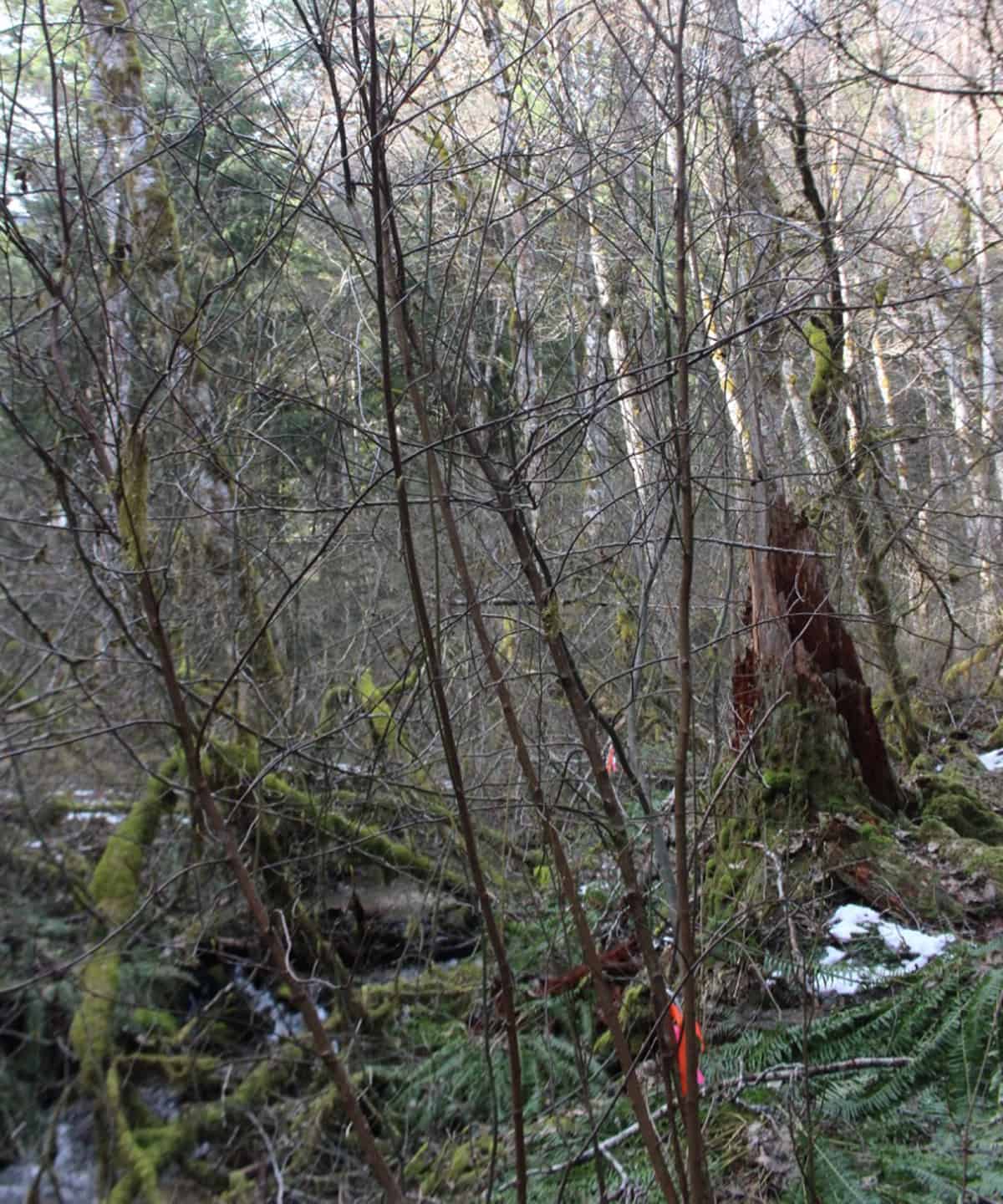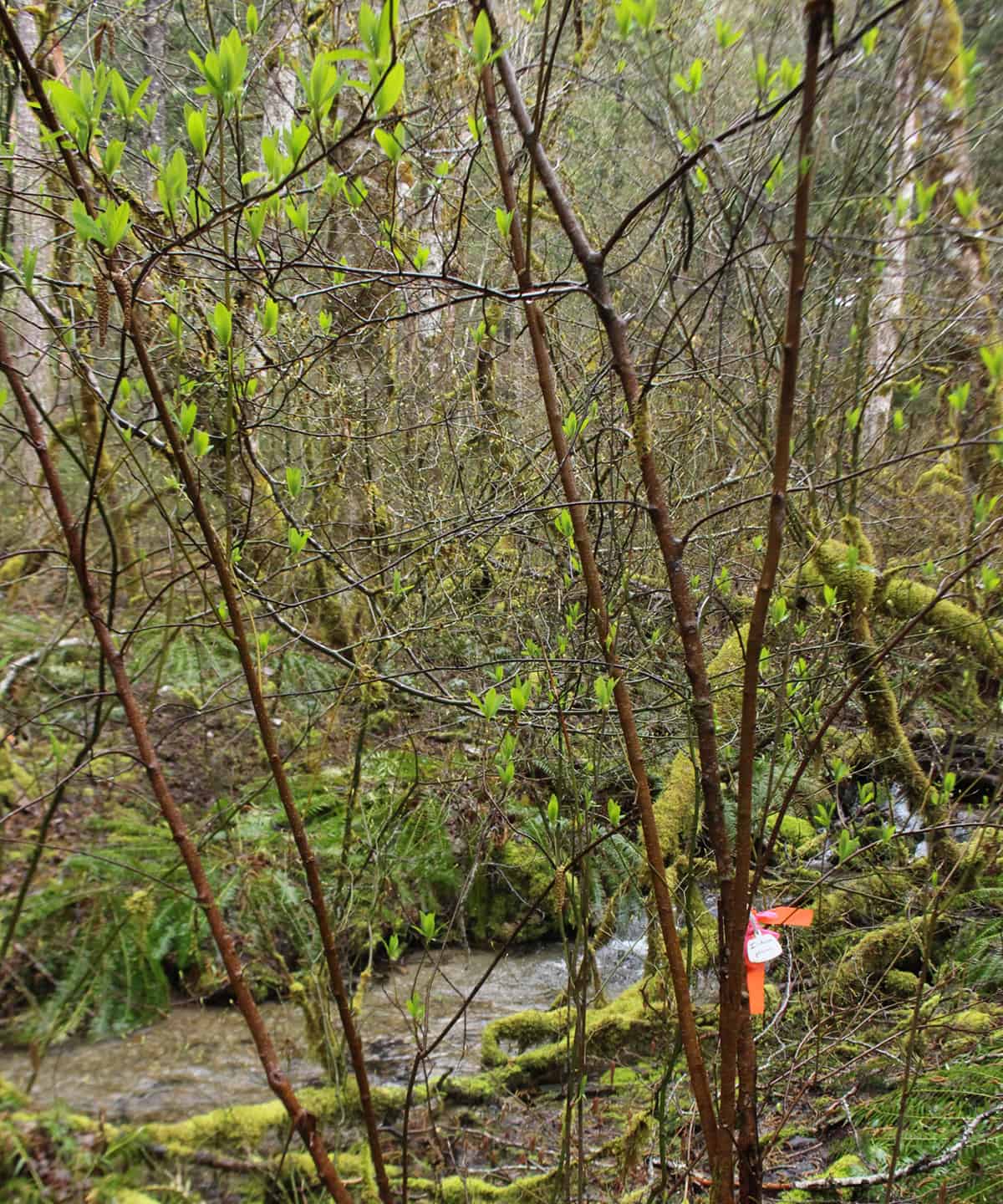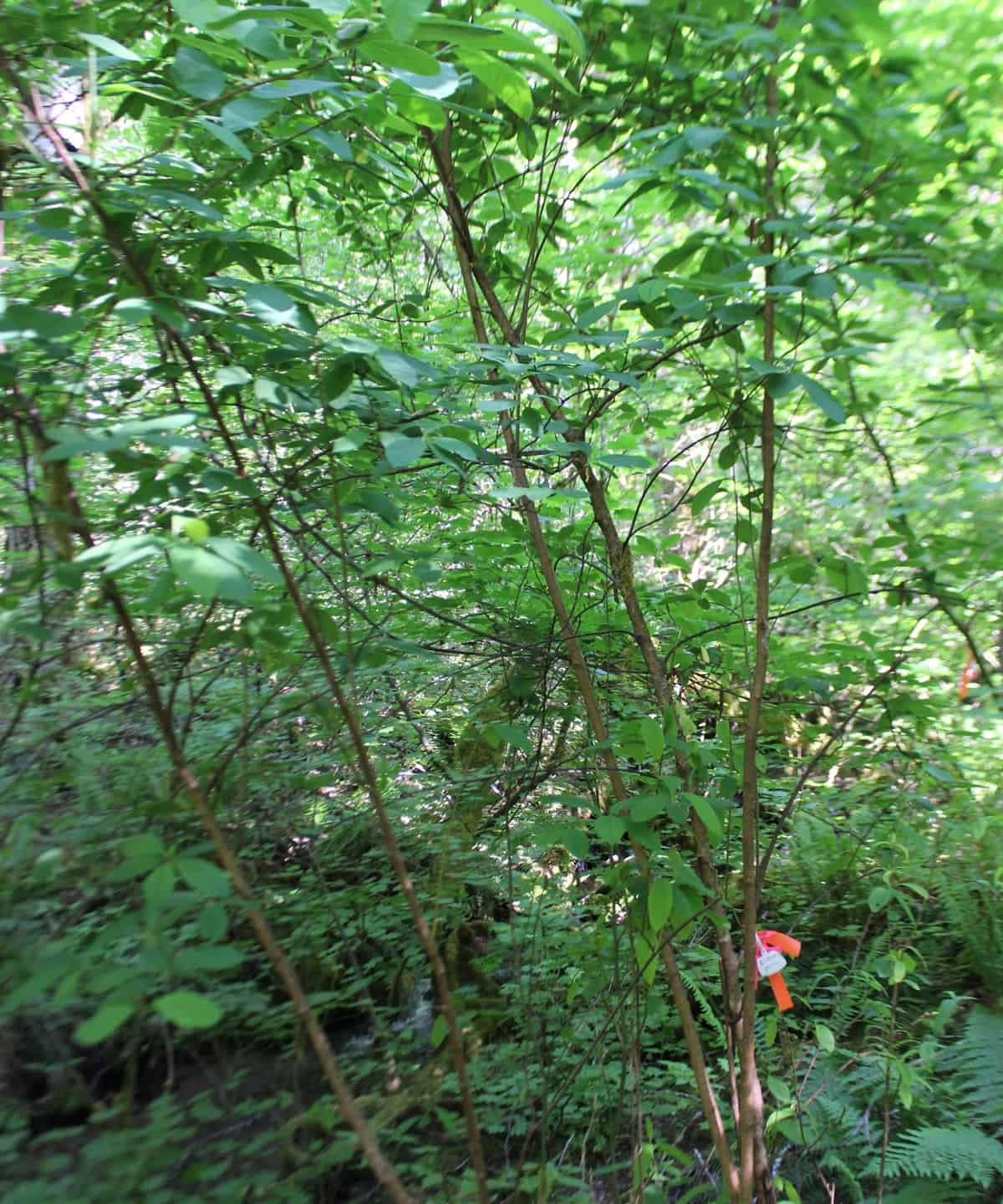Mountain School @ Home: Lesson 5 – Tuning in to the Seasons with Phenology
 Students! Parents! Teachers! During this time of school closures and stay-at-home guidelines, North Cascades Institute is sharing lessons and activities from our talented Mountain School instructors. We hope these will inspire students of all ages to continue to learn about the natural world and discover new connections to the outdoors from home. This lesson was created by Mountain School instructor Lindsay McCord. Find more lessons and activities on our blog or website.
Students! Parents! Teachers! During this time of school closures and stay-at-home guidelines, North Cascades Institute is sharing lessons and activities from our talented Mountain School instructors. We hope these will inspire students of all ages to continue to learn about the natural world and discover new connections to the outdoors from home. This lesson was created by Mountain School instructor Lindsay McCord. Find more lessons and activities on our blog or website.
Tuning in to the Seasons with Phenology
With the onset of Spring, so much has changed for us in the past weeks and months. As much as we are noticing these changes now, the world is in constant flux around us at all times. Every day, the living things of the world around us are changing in dramatic, predictable, and sometimes surprising ways in response to cycles of seasonal change year after year.
What is Phenology?
Phenology is the study of seasonal change in nature. Every year, plants, animals, fungi, and even our climate all go through cycles of change. Warmer weather patterns of summer fall away to the cold and rainy winter, and extensive migrations begin as millions of birds cross vast swaths of land.

Taking note of when these changes happen in relation to each other helps us to understand the strong connections between everything in the world around us. If you have noticed the first flowers and calls of songbirds in spring, or the flyover of waterfowl and the last maple leaf fall in autumn, then you have already made a phenological observation.
We are constantly noting changes in the world around us and that gives us information and insight into what to expect next. Spring rains and warming weather bring us the expectation of the blooming of flowers—as the saying goes “April showers bring May flowers.” Turning leaves in the fall tell us of impending frosts, cueing farmers and gardeners to harvest the last of late summer crops. Shortening daylight hours warn us of the colder temperatures and snowy weather of winter.
If you have noticed the first flowers and calls of songbirds in spring, or the flyover of waterfowl and the last maple leaf fall in autumn, then you have already made a phenological observation.
Paying Attention
By helping you learn to pay close attention, phenology is a great way to engage with the world around you. It is something you can do for just a couple minutes or a couple hours a day. Learners of any age are able to make notable observations and discover new things. You can even contribute your new insights to a body of community-sourced citizen science research that is used by scientists all over the world. (See the RESOURCES sidebar below for an easy way to share observations with a smartphone.)

The more you look for seasonal changes in nature, the more you will see. Paying attention to phenology is like learning to play an instrument—once you start to learn to play, you hear music in an entirely new way as you are attuned to new complexities that you had never thought to pay attention to before. Taking notice of the cycles in the world around you not only teaches you a new way to see the trees and the birds and the water, but it also brings you a special closeness that can only be gained by paying careful attention.
As you become more aware of nature’s routine, you start to know when to expect things to happen. You will find yourself watching the feeder longingly as you await the hummingbird’s return in spring, and you will know when to look for tasty chanterelle mushrooms popping up in the fall.
As you begin to understand nature’s routines you will also be able to see the breaks in its routines. Just as you might notice when the mail has been delivered later than usual, you might notice the late blossoming of cherry trees or black bears stirring from hibernation earlier than normal. Could it be due to the warmer, wetter winter? Or maybe that late frost? By noting these observations year after year, you are revealing the patterns and connections that govern the natural world around us.
Ways to Practice Phenology
Phenology is something you can do with your community or by yourself. You can do it every day for a week, a month, the whole year or for your whole life! You can practice phenology while looking from your window, sitting on your front step, or taking a walk in the yard or your neighborhood. What plants or animals do you see? What sounds do you hear? What can you smell? Take a close look at a plant—what do you notice about it? Does the plant have leaves? Is it flowering?

An easy way to get started with phenology is to grab a notebook and a pencil and write down your observations. Try taking on a Sit Spot practice for 10 minutes in the same place at the same time every day for a week, and then write down all the things you notice. Pay particular attention to new things you are seeing, changes you have noticed, or things you are no longer observing. (Learn more about Sit Spots.)
Spring is an exciting time to do this as there is so much change. Find a branch of a tree and draw it in detail. Come back to that tree once a week for a month or two and draw the same branch. You will be able to observe the branch’s changes over time as you capture its spring growth in drawings in the pages of your notebook. Challenge yourself to write down one observation or sighting in a notebook every day for a month or even a year. (Learn about starting a Tree Bud Journal.)
More than anything, take a moment to look or sit outside, feel the fresh air, focus in … What do you notice?
Resources for Backyard Phenologists
iNaturalist is a free app that makes it easy to track your observations about nature and help you identify plants and animals by submitting pictures. You can also share your observations to a citizen science platform to be used by scientists doing research!
The USA National Phenology Network hosts Nature’s Notebook with many activities geared towards learners of many ages that you can do with your student at home. There are also many other resources on the website for delving into historic phenology data, learning more about phenology, and research that has come out of citizen science phenology projects.
Thank you for helping us offer these at-home lessons for transformative learning experiences in nature by making a gift at www.ncascades.org/give.

